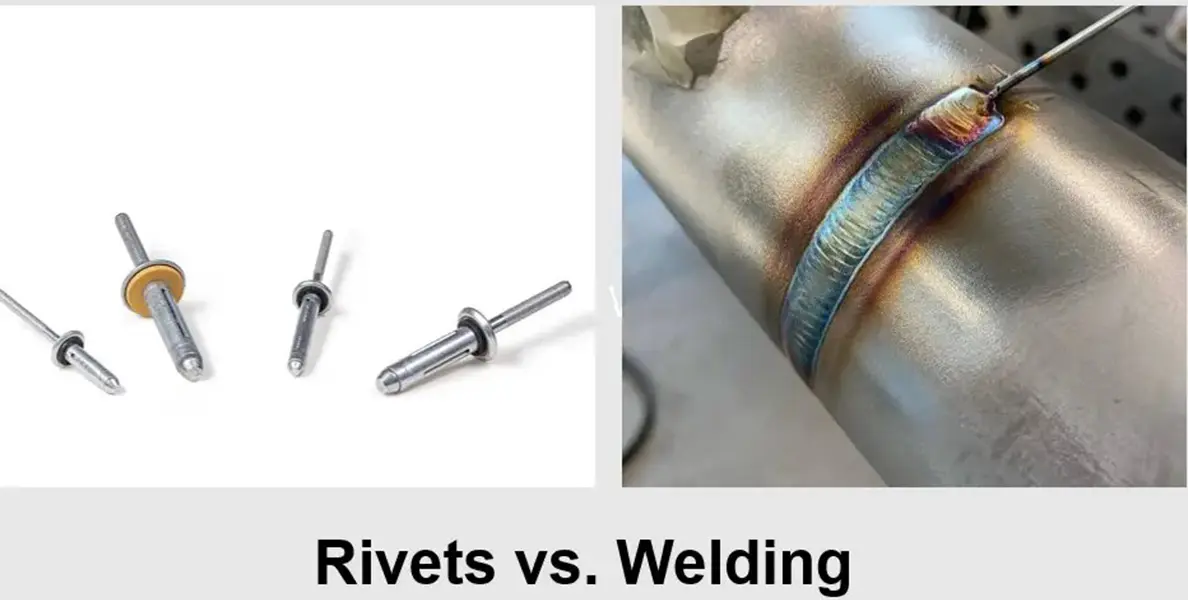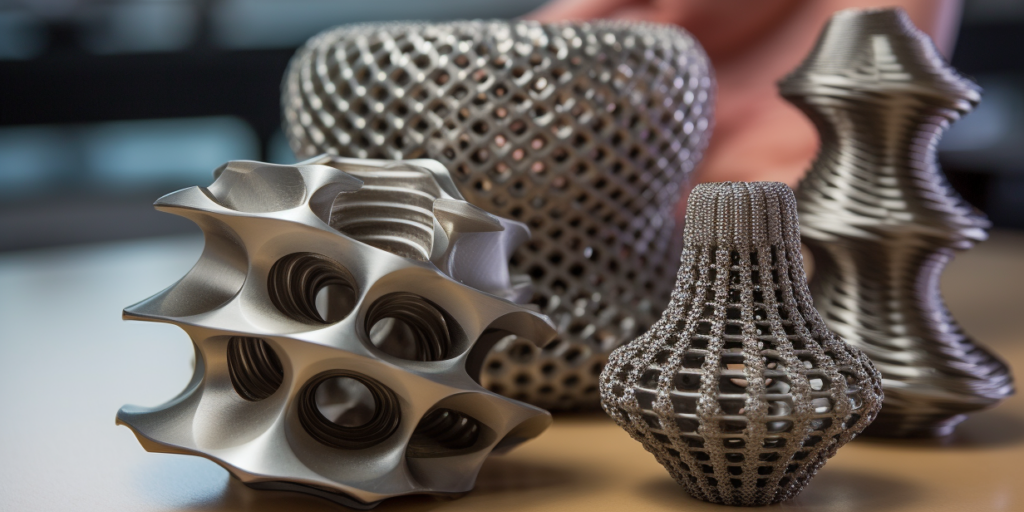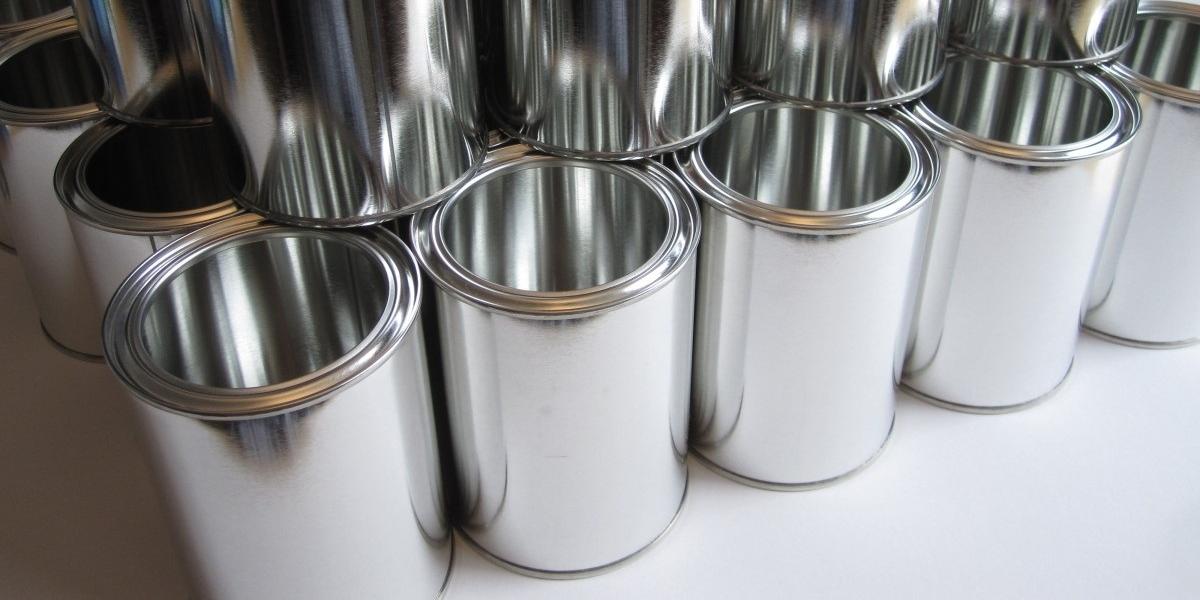Introduction
In the realm of metal joining methods, welding and riveting stand out as two prominent techniques used in various industries, including aerospace, automotive, and construction. Each method has its unique advantages and disadvantages, making it essential to understand their differences. This article explores the comparison between welding and riveting regarding strength, cost, applications, historical context, and technical differences, providing a comprehensive guide to help you determine the right method for your project.
Comparison of Strength
When comparing the strength of welds and rivets, welding often emerges as the superior option. Weld joints can create a continuous bond between two pieces of metal, resulting in high strength and durability. In contrast, rivet joints rely on mechanical fastening, which may allow for some movement between the joined parts. While rivets can be very strong, they often cannot match the sheer tensile strength achieved through the welding process. This difference becomes particularly significant in applications where structural integrity is paramount, such as in aerospace engineering, where every ounce of weight matters, and reliability is non-negotiable.
Moreover, welding can create a seamless connection that distributes stress more evenly across the joint, making it less susceptible to failure under extreme conditions. For instance, in the construction of bridges or buildings, the use of welds can enhance the overall stability of the structure. However, it is crucial to consider the specific requirements of each project. In scenarios where flexibility is required, riveting might be beneficial as it allows for some movement between metal parts, which can accommodate thermal expansion or vibrations without compromising integrity.
Cost Analysis
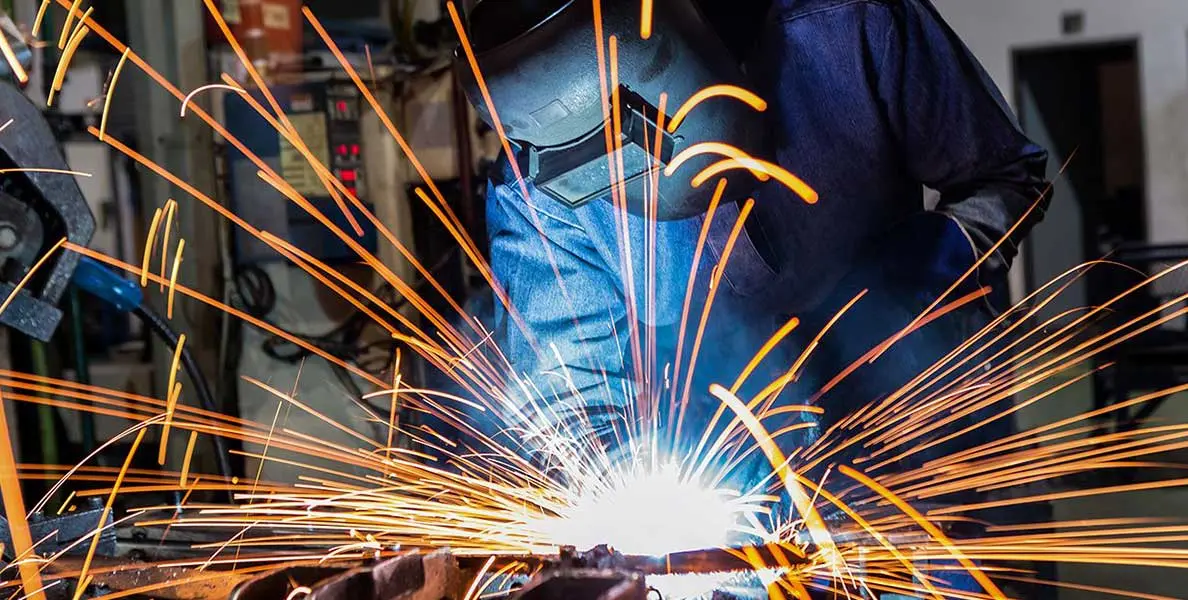
Cost plays a significant role in the decision-making process when choosing between welding and riveting. The welding process typically requires more expensive equipment, skilled labor, and additional materials such as filler material or gases for processes like arc welding. This upfront investment can lead to higher initial costs for welding projects. However, the long-term savings associated with reduced maintenance and increased durability can offset these initial expenses. In industries where high strength is a necessity, investing in welding can yield greater returns over time.
On the other hand, riveting often allows for lower labor costs and requires minimal tooling, making it a more economical option for certain applications. Riveting can be performed with less specialized equipment, which means that businesses can save on labor and equipment costs. However, the trade-off is often in the form of lower strength and potential maintenance issues over time. As a result, companies must carefully assess their budget constraints against the long-term benefits of each method, weighing the advantages and disadvantages of welding and riveting to find the most suitable solution for their needs.
Applications and Use Cases
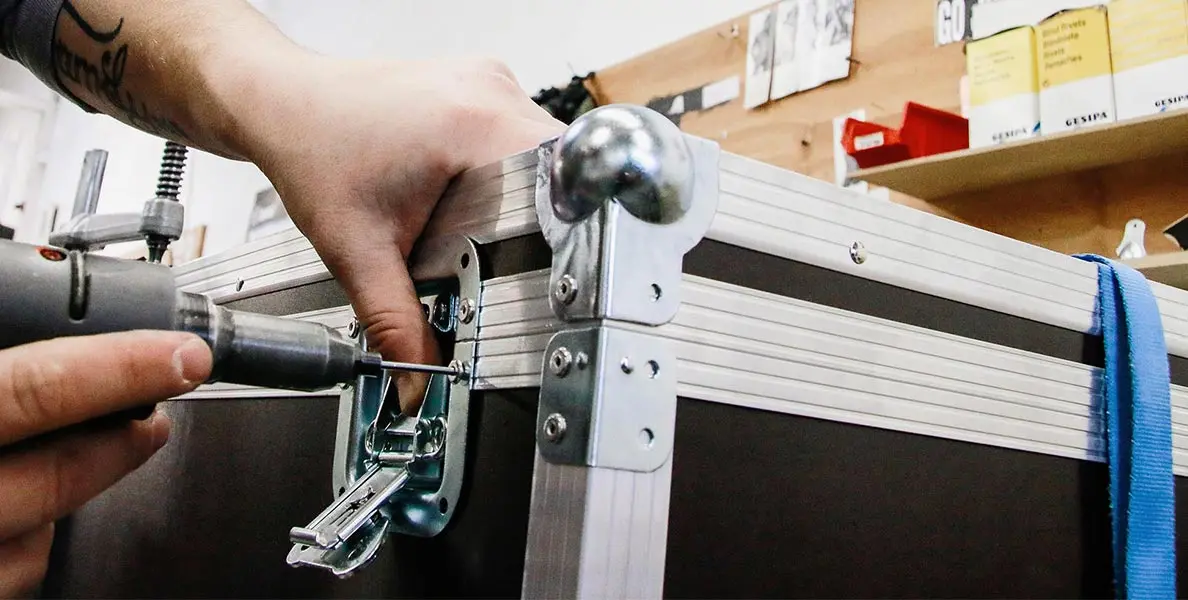
Welding and riveting serve distinct purposes across various industries, each with its specific applications. Welding is predominantly used in heavy-duty construction, automotive manufacturing, and aerospace, where strength and durability are critical. For instance, welds are commonly employed to join metal components in aircraft fuselages due to their high strength, which is essential for maintaining structural integrity during flight. Furthermore, welding can be used to create complex shapes and structures, making it versatile for various engineering applications.
Conversely, riveting is often seen in applications where disassembly is necessary or where components need to accommodate some movement. This fastening method is frequently utilized in sheet metal fabrication, such as in the assembly of HVAC systems and in certain automotive applications. Additionally, riveting can be advantageous in environments where welding might introduce heat distortion or other complications. Understanding the applications and use cases of each method is crucial for choosing the right approach to joining metals effectively and efficiently.
Historical Context
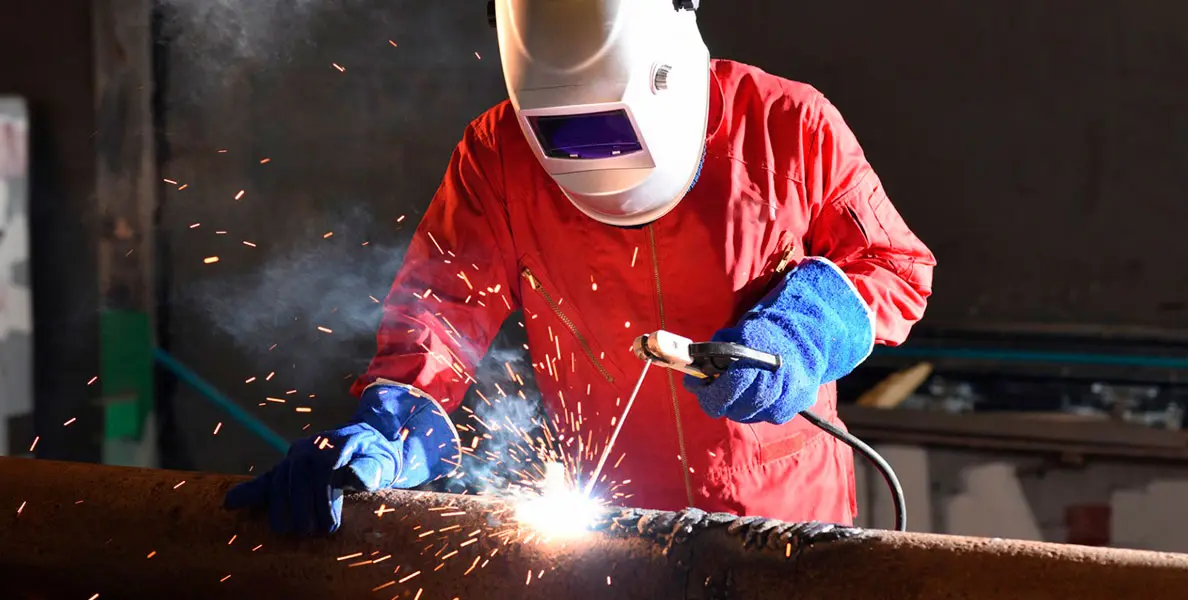
The historical context of welding and riveting reveals the evolution of metal joining techniques over time. Riveting has been a common practice since the Industrial Revolution, where rivets were used extensively in constructing bridges and ships. The rivet joint became synonymous with durability and reliability, contributing significantly to the infrastructure of the era. However, as technology advanced, welding emerged as a more efficient and stronger alternative, particularly with the development of arc welding techniques in the early 20th century.
This shift marked a pivotal point in manufacturing and construction, allowing for more streamlined processes and stronger connections. Today, welding techniques have diversified significantly, with various methods available depending on the materials and desired outcomes. Despite the rise of welding, riveting has not fallen out of favor; it remains a valuable joining method in specific applications. Understanding the historical context can provide insight into the development of these techniques and their ongoing relevance in modern engineering practices.
Technical Differences

The technical differences between welding and riveting are fundamental to their applications and effectiveness. Welding involves melting two pieces of metal together, often with the addition of a filler material, to create a single, cohesive piece. This process can be performed using various techniques, including arc welding, resistance welding, and gas welding, each suited for different materials and thicknesses. The resulting weld joint is typically strong and can withstand significant stress and strain.
In contrast, riveting is a mechanical fastening technique that involves inserting a rivet through pre-drilled holes in two pieces of metal. The rivet is then deformed, typically with a hammer, to create a rivet head that holds the metal parts together. While this method can provide a strong joint, it may not achieve the same level of structural integrity as a weld. The choice between these two metal joining methods often comes down to the specific requirements of the project, including factors like material type, joint design, and anticipated loads.
Conclusion
In conclusion, understanding the differences between welding and riveting is crucial for selecting the right metal joining method for any project. Each technique presents its own set of advantages and disadvantages, influencing factors such as strength, cost, applications, and technical requirements. Welding generally offers superior strength and durability, making it ideal for critical applications in industries like aerospace and construction. On the other hand, riveting provides an economical option for applications that may require disassembly or flexibility.
Ultimately, the decision between welding and riveting will depend on the specific needs of your project. A thorough analysis of the factors involved, including material types, load requirements, and budget constraints, will guide you in choosing the most appropriate method. By understanding the nuances of these metal joining techniques, you can ensure that your project meets its structural and functional demands effectively.
About Us

XMAKE, an online cloud manufacturing platform invested in by Foxconn, is renowned for its cutting-edge technology and innovative solutions. It empowers creators and manufacturers with advanced machining services for precision engineering. We proudly serve leading global companies such as Huawei, Lenovo, Tesla, L’Oreal, etc. Additionally, we collaborate with prestigious educational institutions like the University of California, Berkeley, on projects such as rocket manufacturing. XMAKE drives industry progress through its commitment to quality, efficiency, and excellence in design and production.

